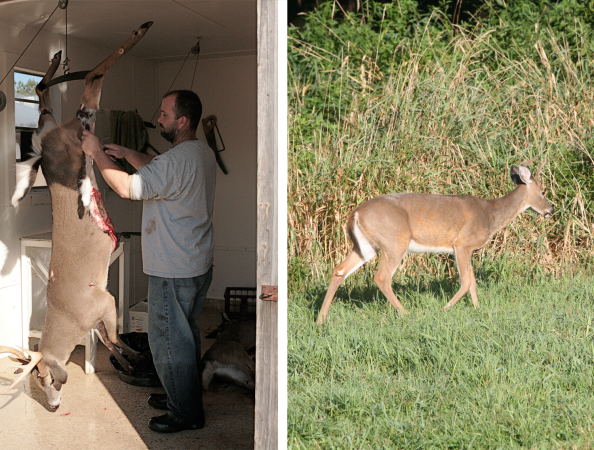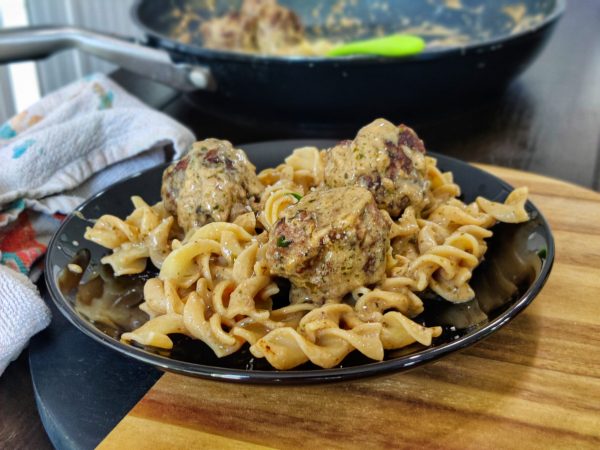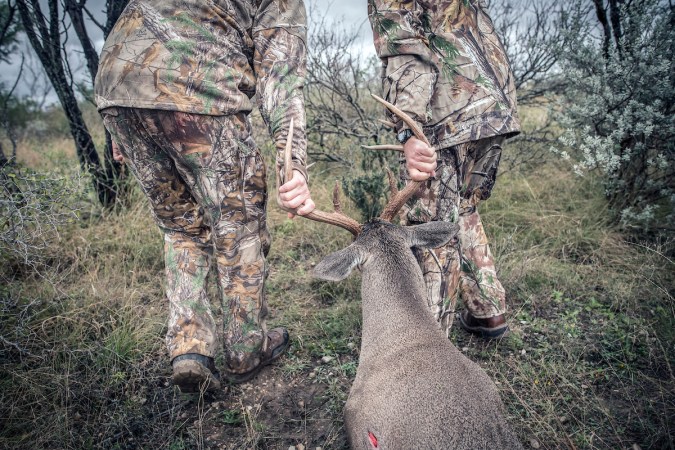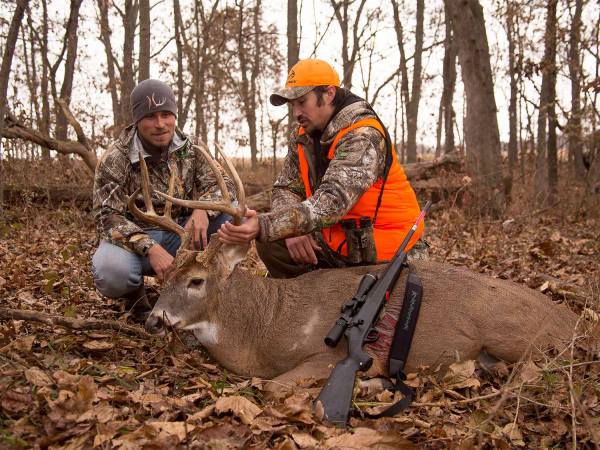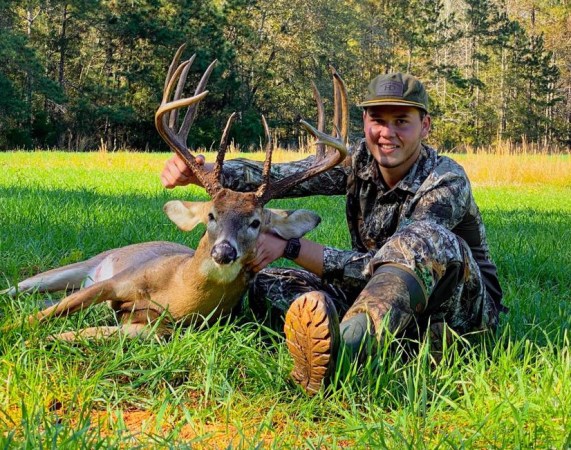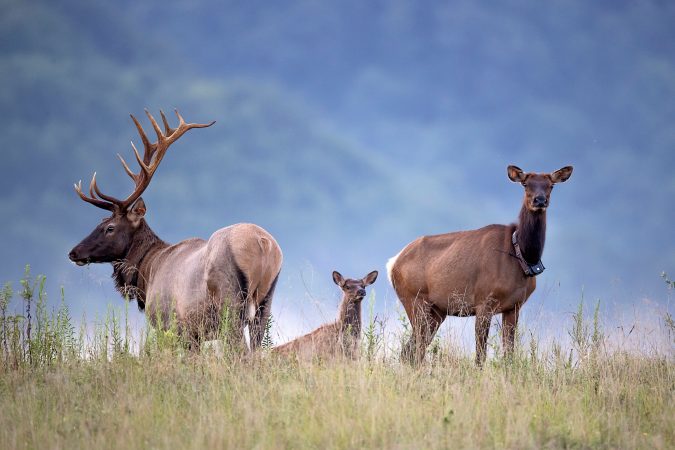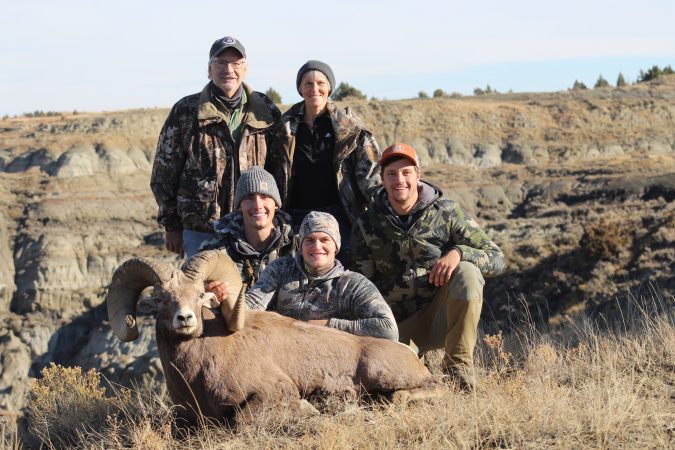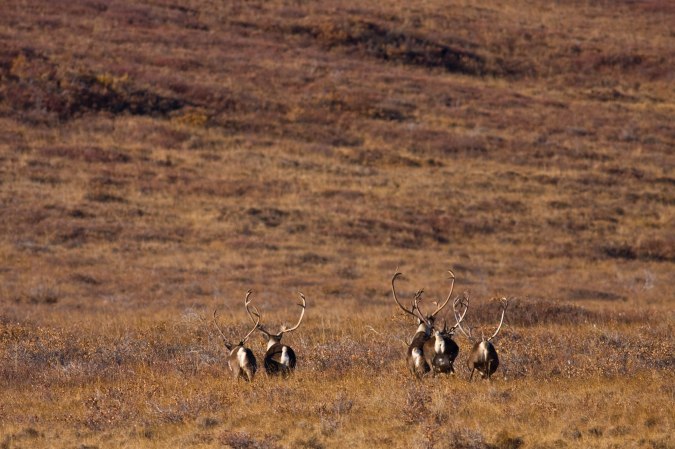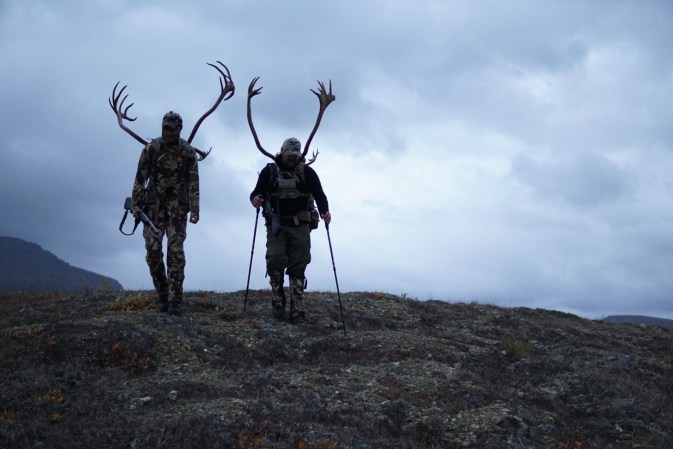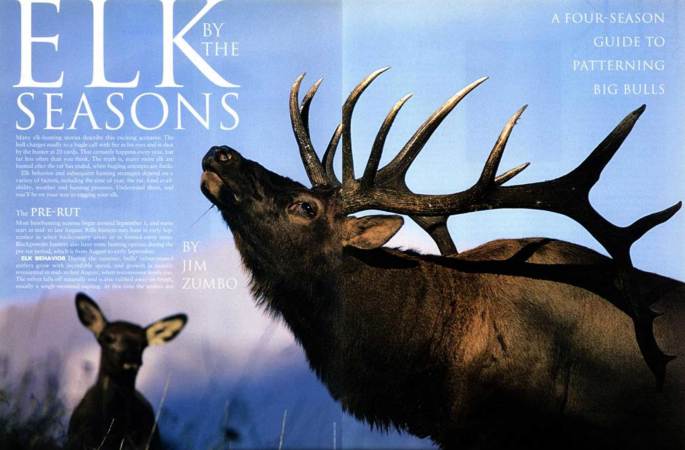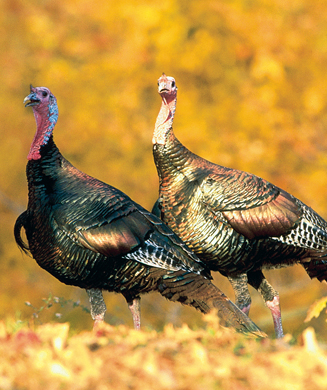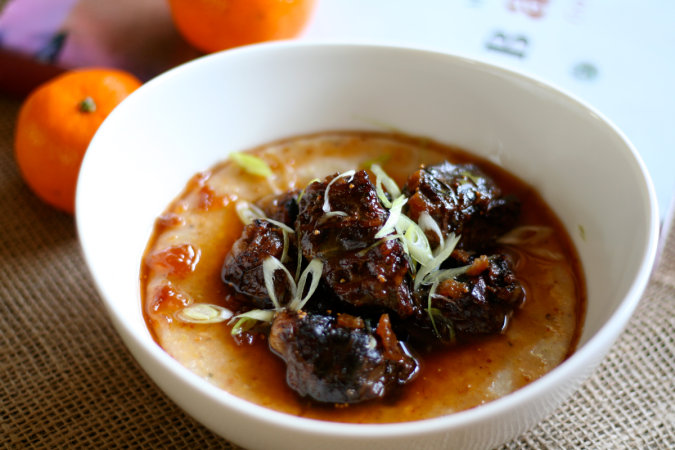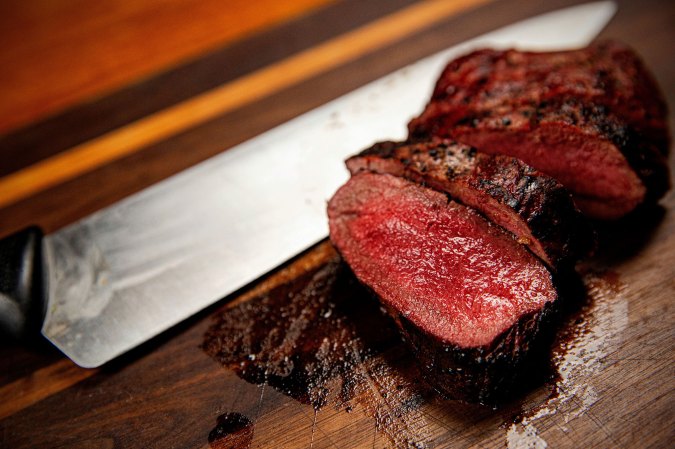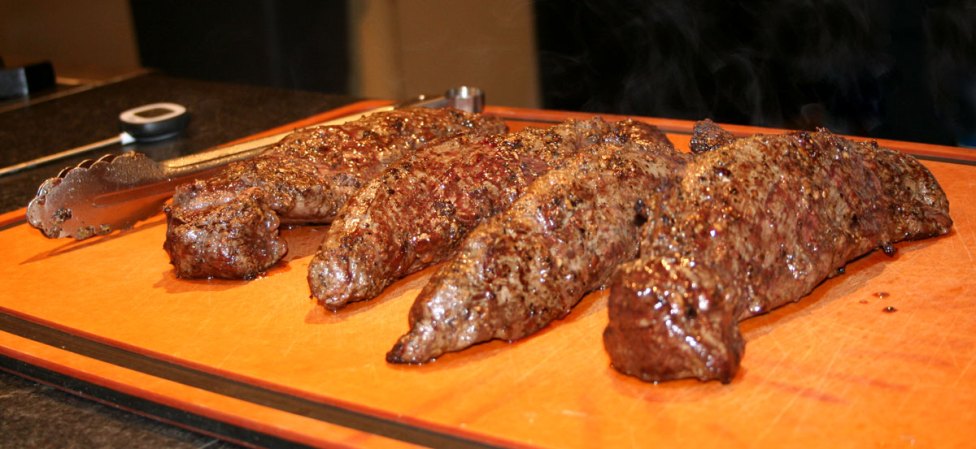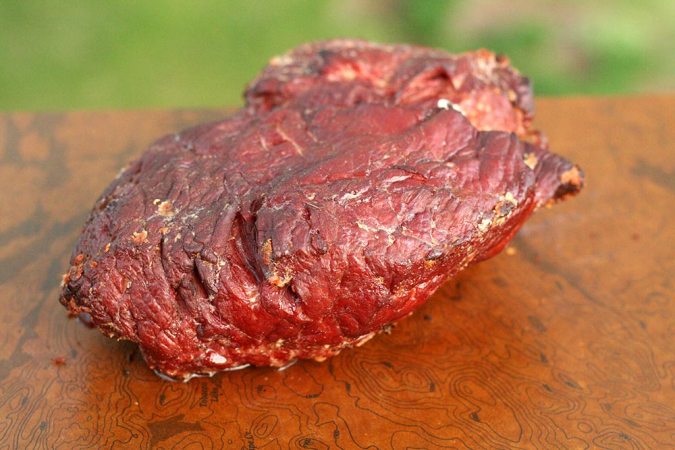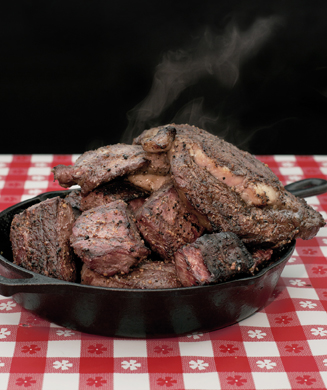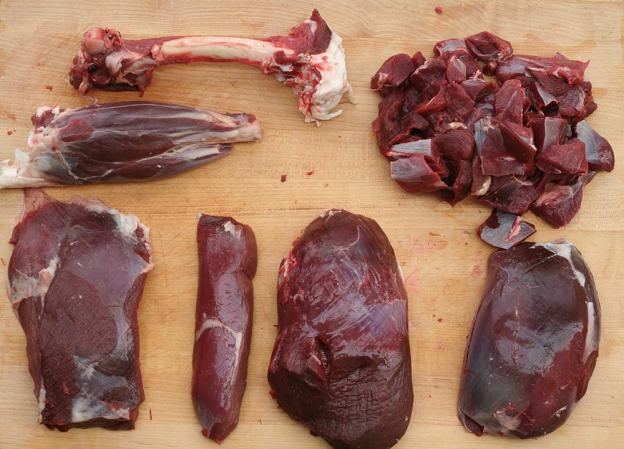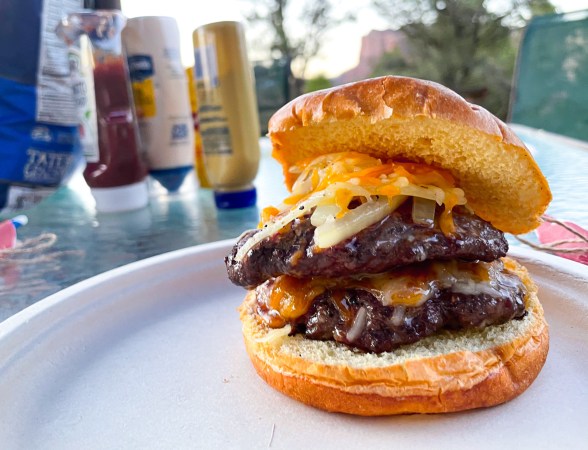Any venison recipe that starts with taking a head shot on a deer is worth investigating. So when butcher extraordinaire Pat LaFrieda invited Senior Editor John Taranto and me to his New Jersey home for a Caja China deer roast, we couldn’t refuse.
LaFrieda had never roasted a whole deer before, but he has plenty of experience with venison and Caja China boxes. As one of New York City’s most well-established meat purveyors and a fourth-generation butcher, he also knows his way around a carcass.
After a few hours of cooking and filming, Pat sliced up the most delicious venison I have ever eaten. The meat was perfectly tender and moist, it tasted wild but not overpowering, and was cooked to an ideal medium-rare. Here’s LaFrieda’s recipe.
**
INGREDIENTS**
Roast
1 full deboned deer, 45 pounds
Caul fat
Salt
Pepper
Cloves
Apple cider
Chutney
Apple
Korean Pear
Raspberry
Ginger
Apple cider
Apple vinegar
Brown sugar
Cloves
INSTRUCTIONS:
1) Head Shoot
To follow this recipe correctly, the deer carcass needs to be in perfect condition, which requires a head shot. Only take this shot at close ranges. Also, only take this shot if you are fully confident in your gun and shooting ability (Find out how to make a head shot on a deer).
This shot guarantees that there will be no damage to the meat, and it will also keep all of the blood in the deer’s muscles – key to juicy venison. It prevents blood clots and internal bleeding.
2) Debone
The most technical part of this recipe is the deboning process. Skin the deer immediately after the kill, but do not field dress it. Place the carcass on a table and make a long cut from the neck down the left side of the spine along (but not through) the backstrap. Run your knife all the way down the back of the deer to the belly. Do not cut through the belly of the deer. Make an identical cut along the right side of the spine.
Pull the entire spine and ribcage through the back of the deer, peeling off meat as you go. Remove internal organs and vitals with the ribcage. Bone-out the front and back legs, leaving the meat attached to the torso.
3) Gather Caul Fat
The caul fat comes from around the intestines of the deer. Because you are deboning the carcass from the back, you won’t cut through the caul fat as you would when typically field dressing a deer. Pull the caul fat from the intestines in as many large pieces as possible and wash well before using. If you want to cheat a little, you can also buy caul fat from butcher shop.
4) Prepare Caja China Box
A Caja China is simply a large wooden box lined with aluminum on the inside. An aluminum top holds the coals. When the coals are lit, the heat radiates through the box and cooks the meat inside. This prevents flare ups and drips, and creates meat that is more moist than that cooked on a grill. A Caja China is ideal for cooking meat slowly at consistent temperatures and is most popular for pig roasts. You can build your own box, or LaFrieda suggests ordering one from Roberto Guerra (lacajachina.com).
If buying a Caja China and roasting an entire deer seems overwhelming, you can adapt this recipe for your grill. Simply debone a quarter, follow the steps above, and grill slow and low until medium rare.
**
5) Roast**
Roll the carcass so that the backstraps are folded inside the body cavity. Season with salt, pepper, and cloves. Wrap roast in a layer of caul fat and secure with butcher’s twine every 4-6 inches along the length of the roast. Pour apple cider over the roast and place in Caja China heated to 180 degrees. Cook for about 3 hours or until medium rare (130-140 degrees). When cooked, glaze with chutney.
*See our interview on wild-game cooking and preparation with LaFrieda in the May 2013 issue.


